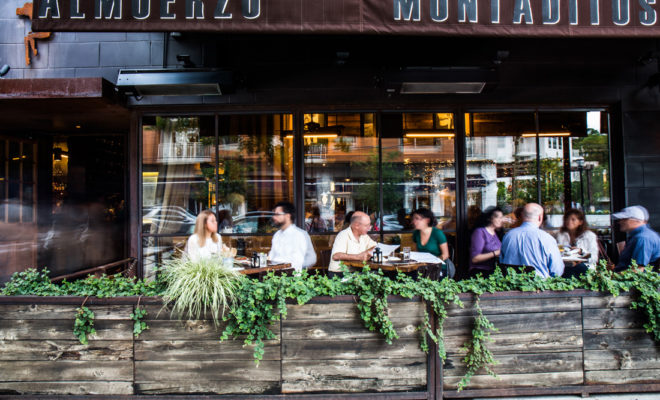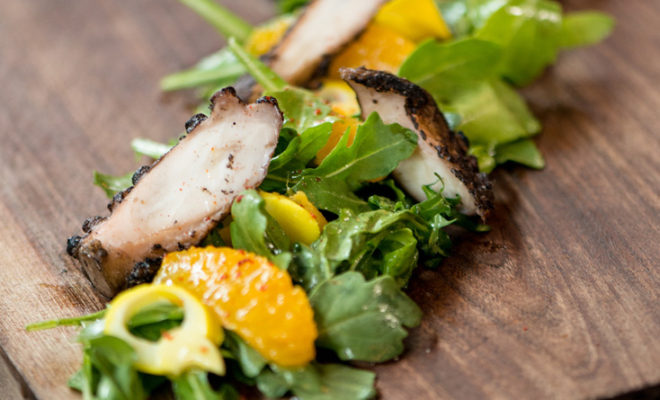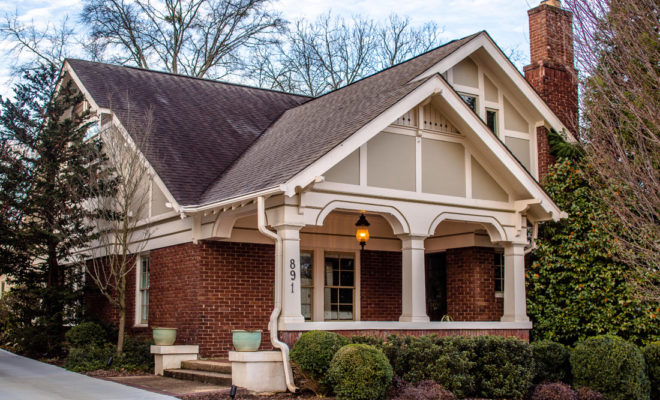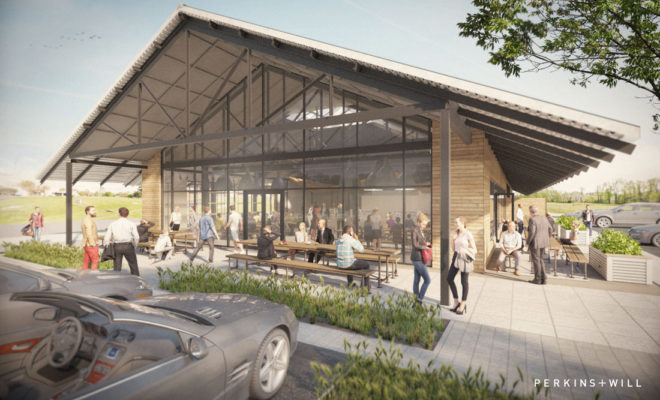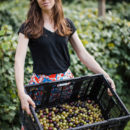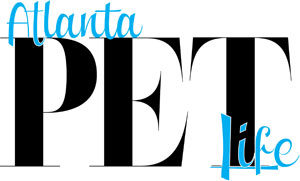Inman Park
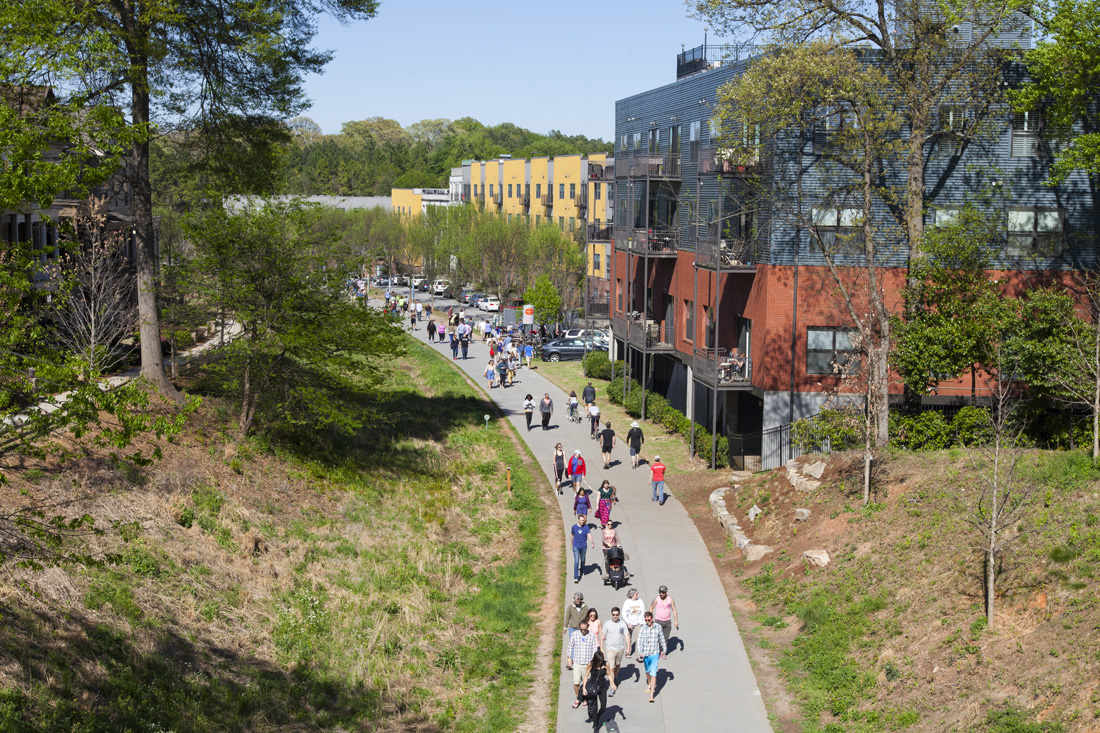
In the 1880s, the land that is now Inman Park was ripe for development. The men with the vision were Joel Hurt and Samuel Inman, who enticed city dwellers to this planned suburb by building the first electric streetcar that ran east from downtown along Edgewood Avenue. The first homes were built in lavish Victorian style, with wide front porches and plenty of gingerbread accents. Other styles were added as the years went by. Two of the grandest homes were built by Coca-Cola magnates Asa Candler and Ernest Woodruff.
 The heart of the neighborhood is still Springvale Park, a greenspace enhanced by noted landscape architect Frederick Law Olmsted in 1903. But by the middle of the last century, properties were being chopped up into apartments or neglected. It wasn’t until the 1970s that residents mounted a grassroots effort to reclaim the community. They launched the Inman Park Festival to showcase homes in various stages of renovation; April 30 to May 1, 2016, marked the 45th year of celebrating the neighborhood’s heritage and its spot on the National Register of Historic Places.
The heart of the neighborhood is still Springvale Park, a greenspace enhanced by noted landscape architect Frederick Law Olmsted in 1903. But by the middle of the last century, properties were being chopped up into apartments or neglected. It wasn’t until the 1970s that residents mounted a grassroots effort to reclaim the community. They launched the Inman Park Festival to showcase homes in various stages of renovation; April 30 to May 1, 2016, marked the 45th year of celebrating the neighborhood’s heritage and its spot on the National Register of Historic Places.
Along with swift access to downtown and Midtown, Inman Park also borders the funky Little Five Points shopping district at the intersection of Euclid, Moreland and McLendon avenues. This cool corner is where you’ll find vintage dresses (Junkman’s Daughter), a craft brew pub (Wrecking Bar), two spots selling vinyl LPs (Wax ‘n’ Facts, Criminal Records) and a bar where smoking is still allowed (The Vortex), all within a short stroll of each other.
The district is also home to a thriving arts culture, with the Variety Playhouse, Horizon Theatre, 7 Stages and Dad’s Garage offering a mix of music, improv and drama. The BeltLine on the neighborhood’s southern side has spurred the growth of residential and restaurant outlets along Highland Avenue and has inspired the development of Krog Street Market, a refurbished nine-acre complex that blends office spaces, apartments, shops, restaurants and food outlets.



